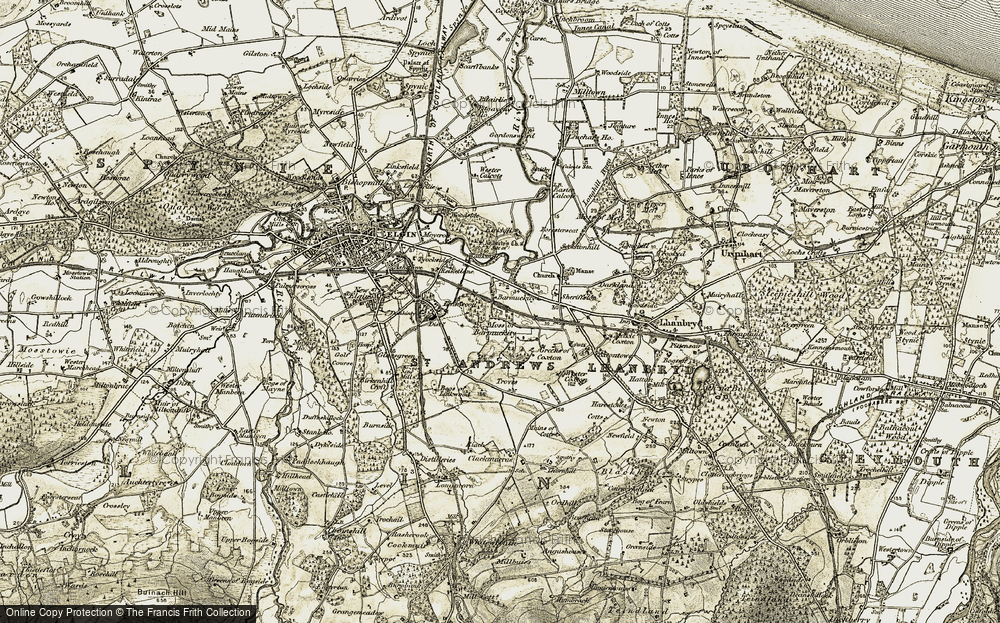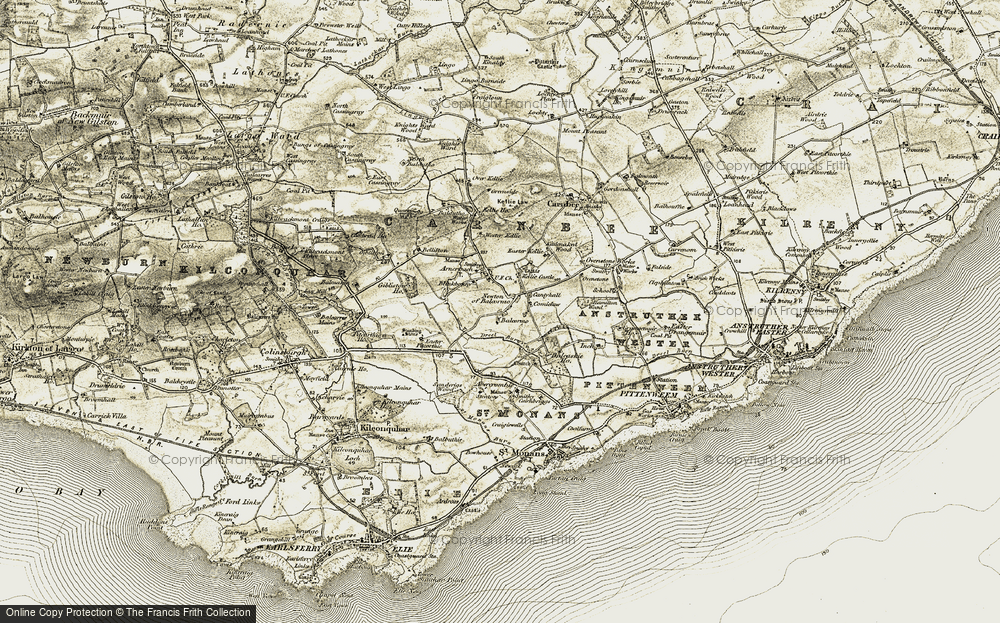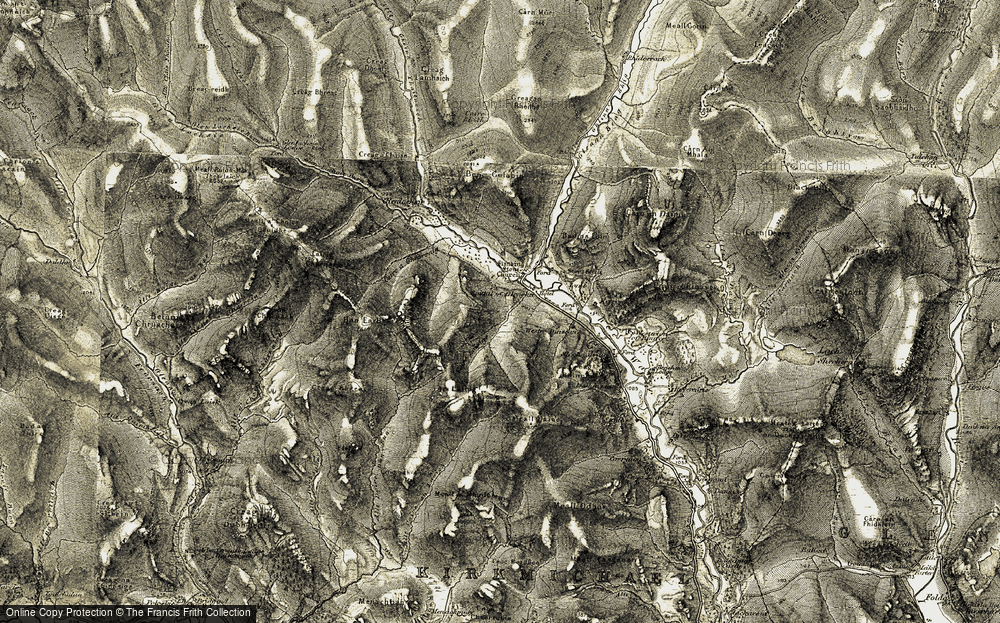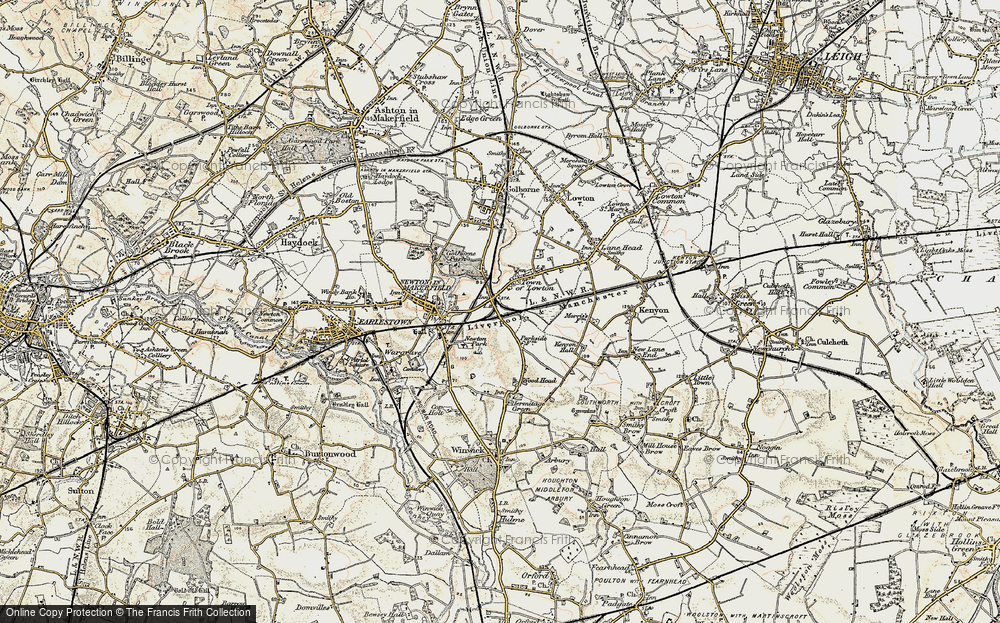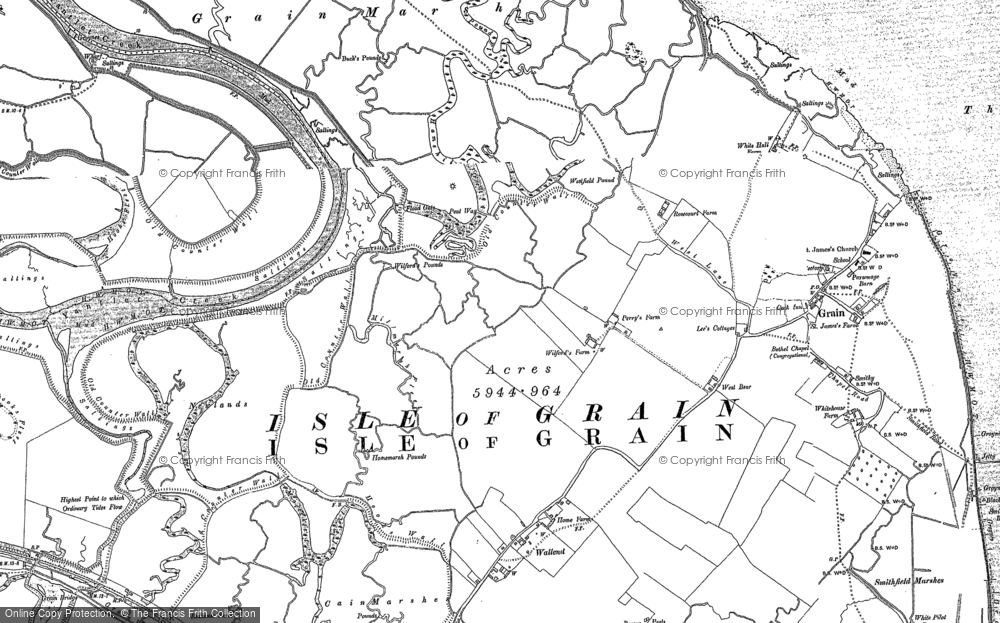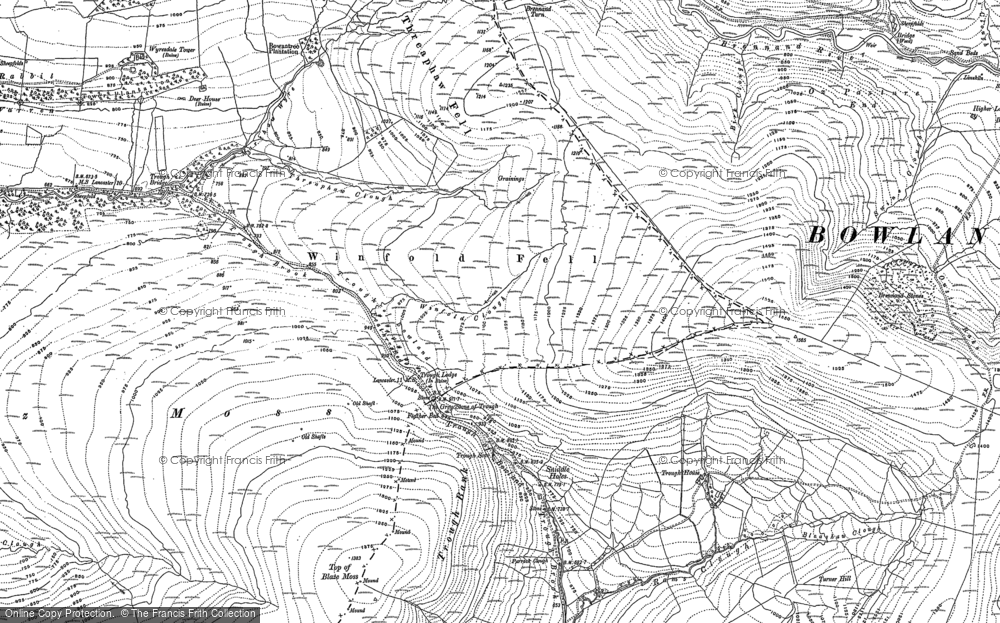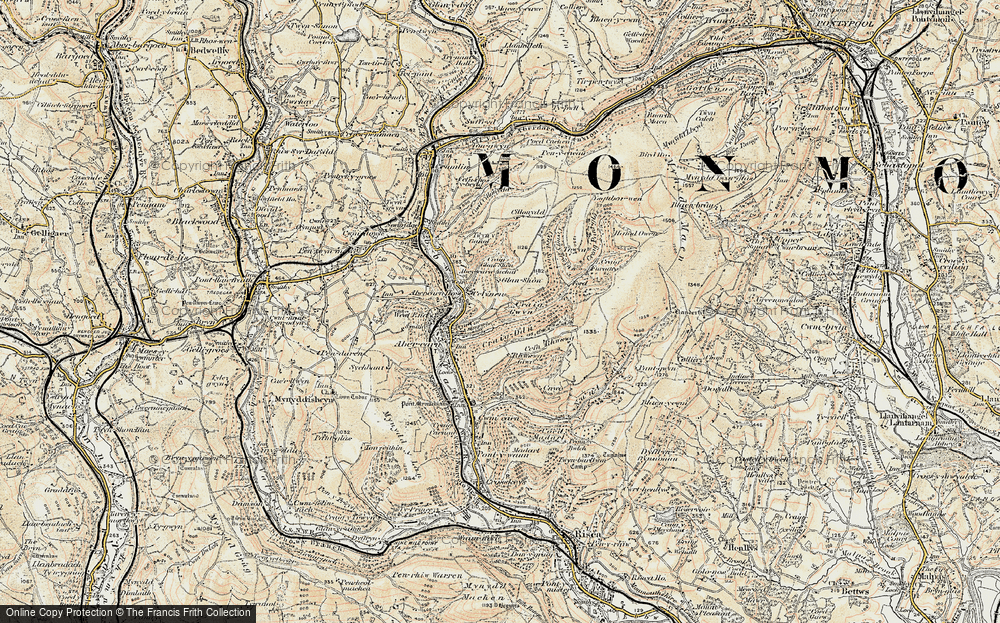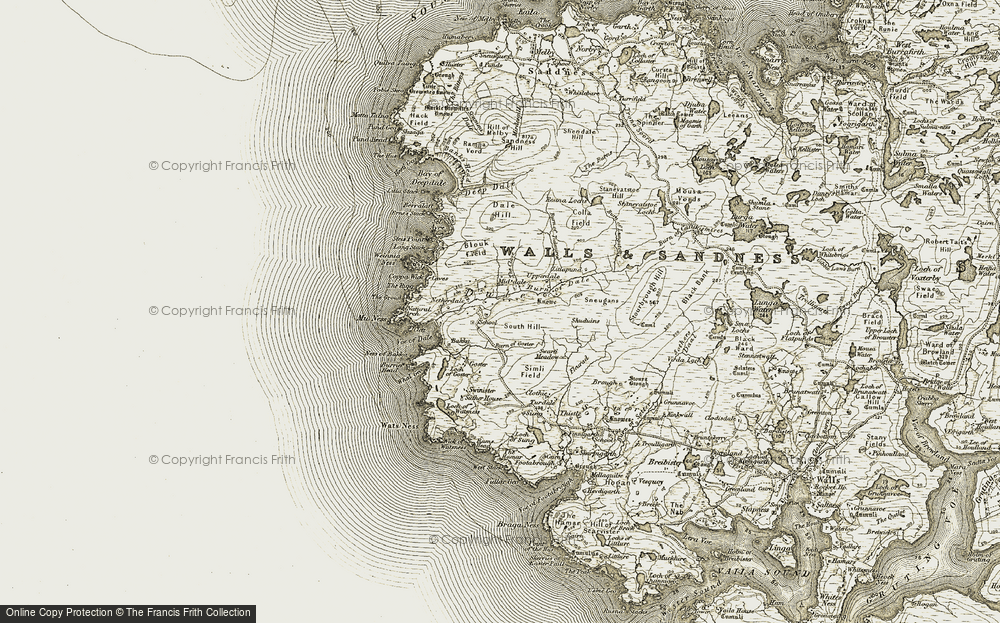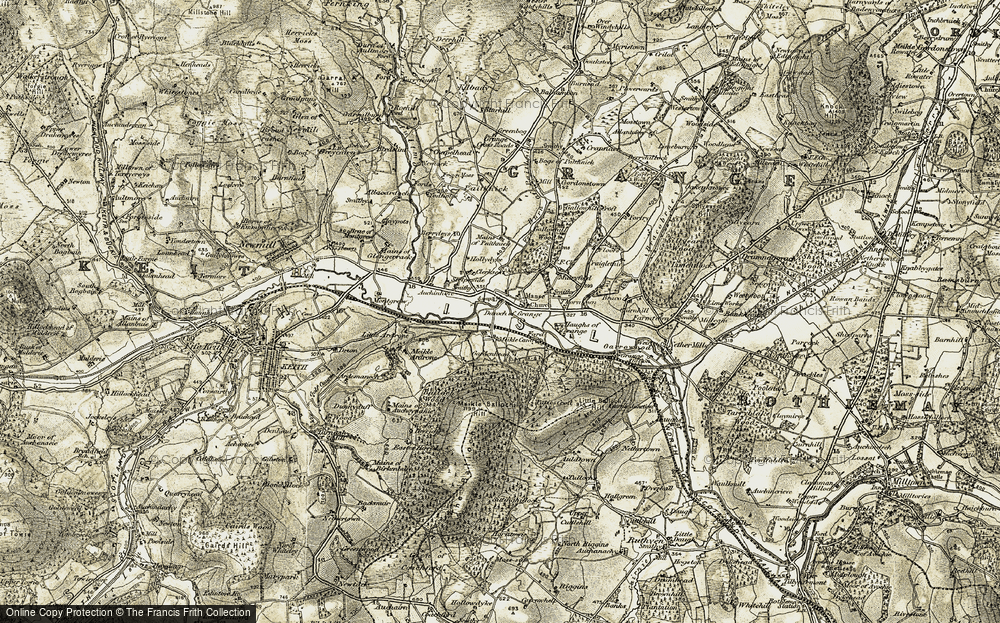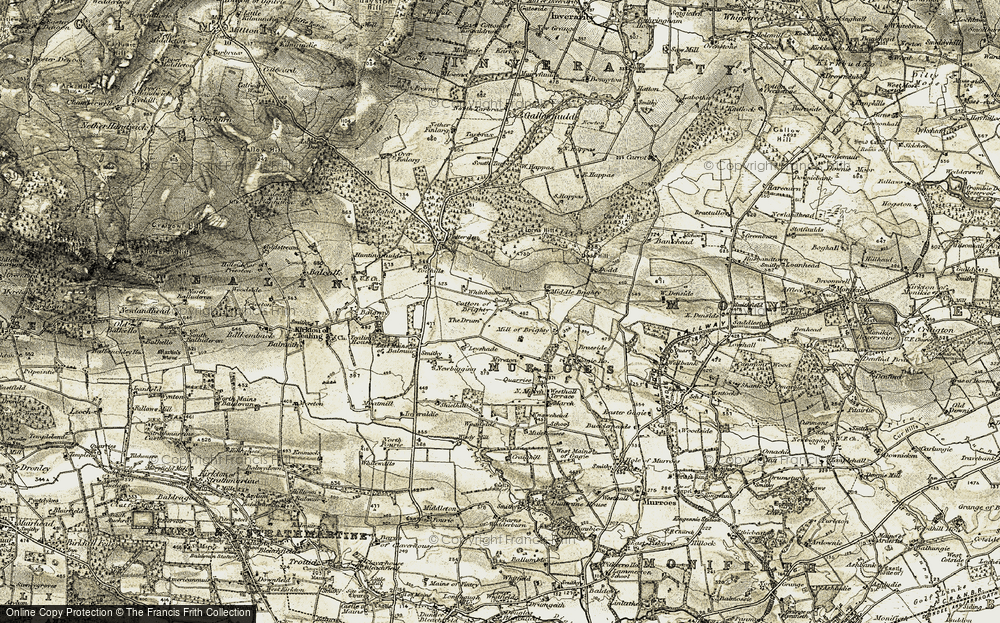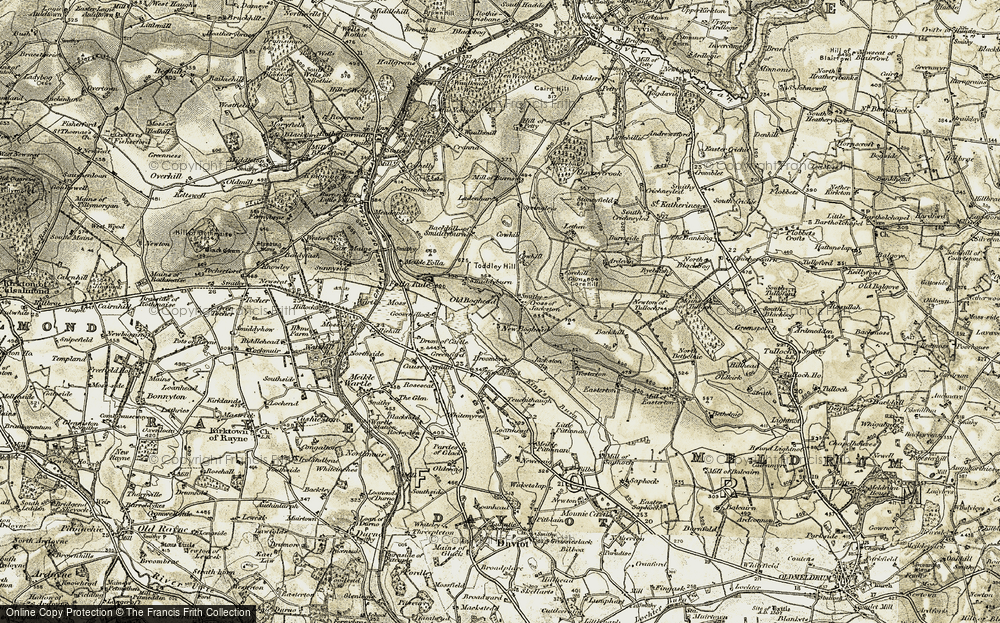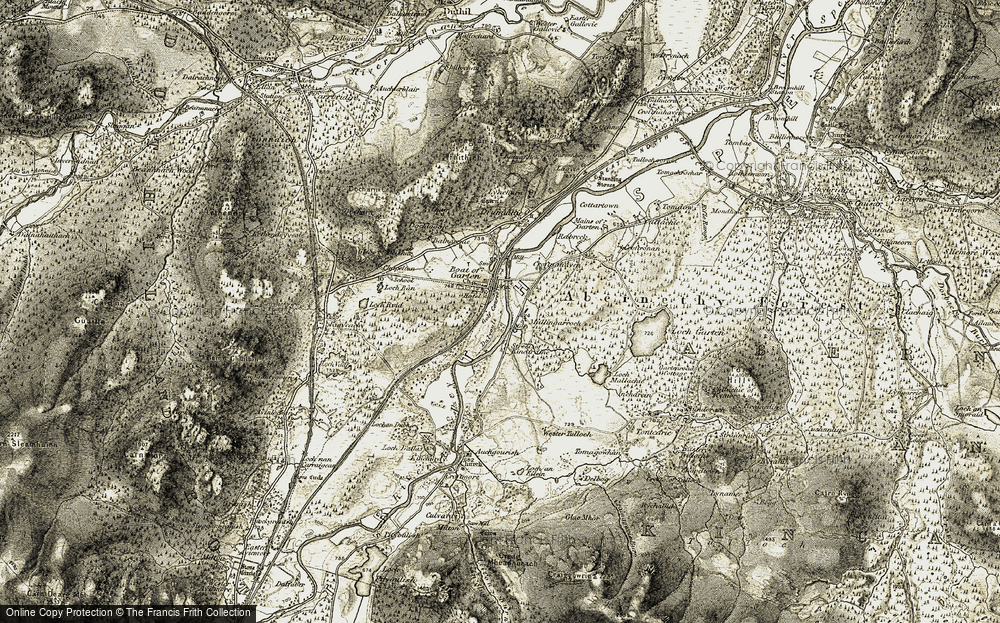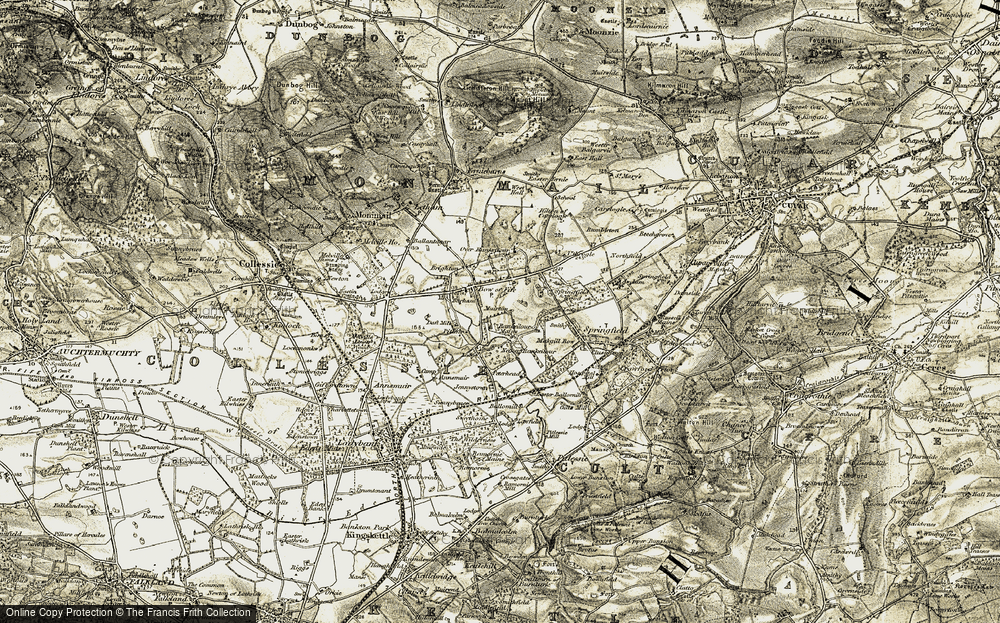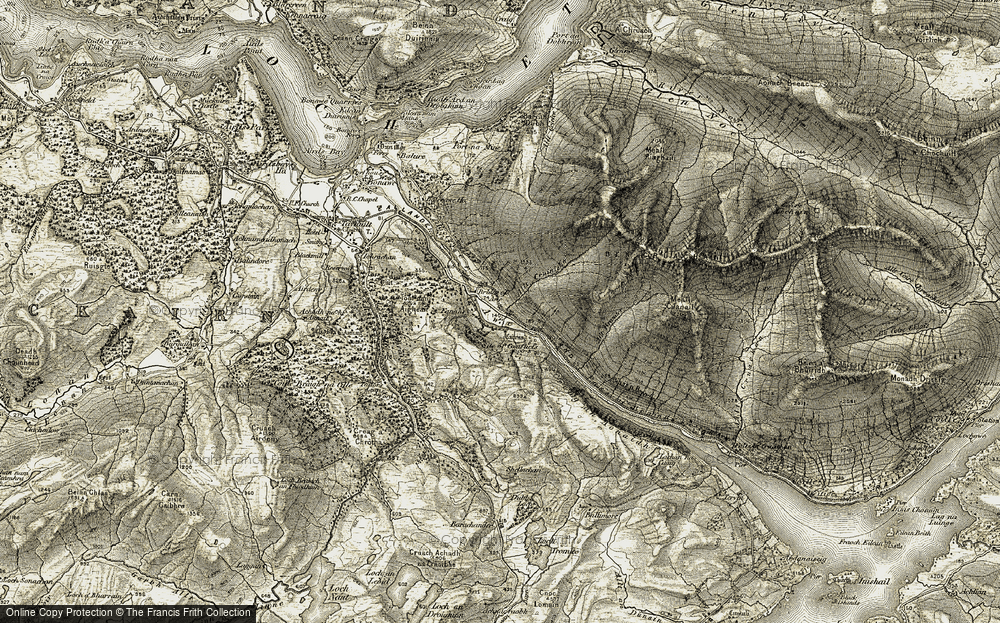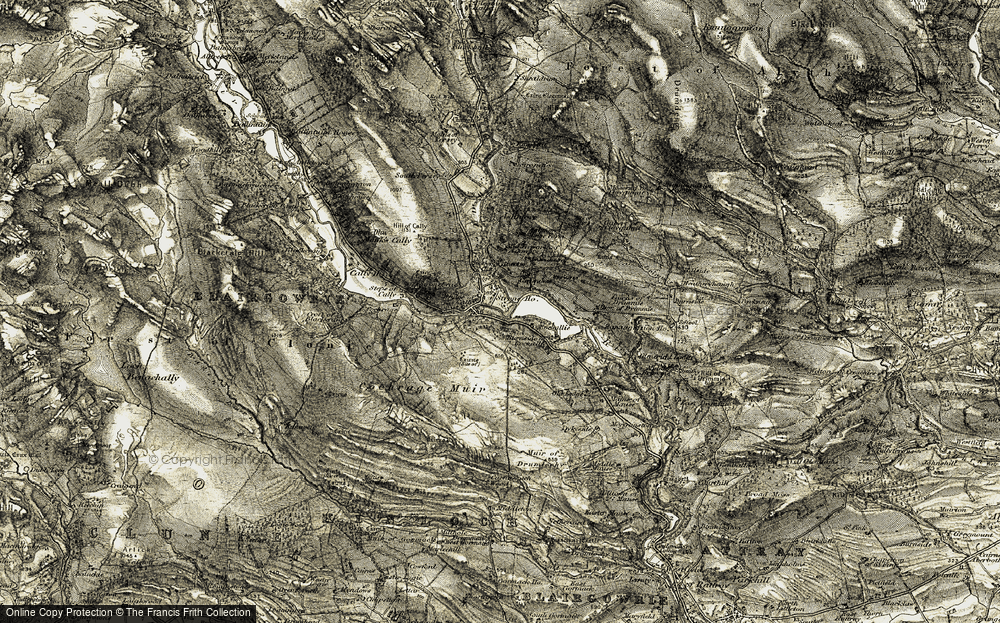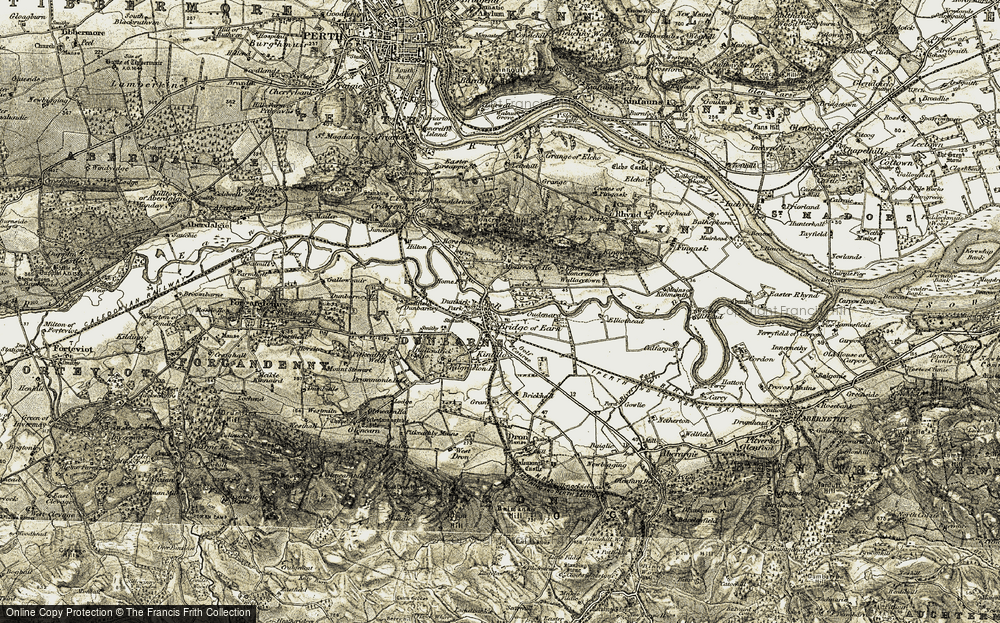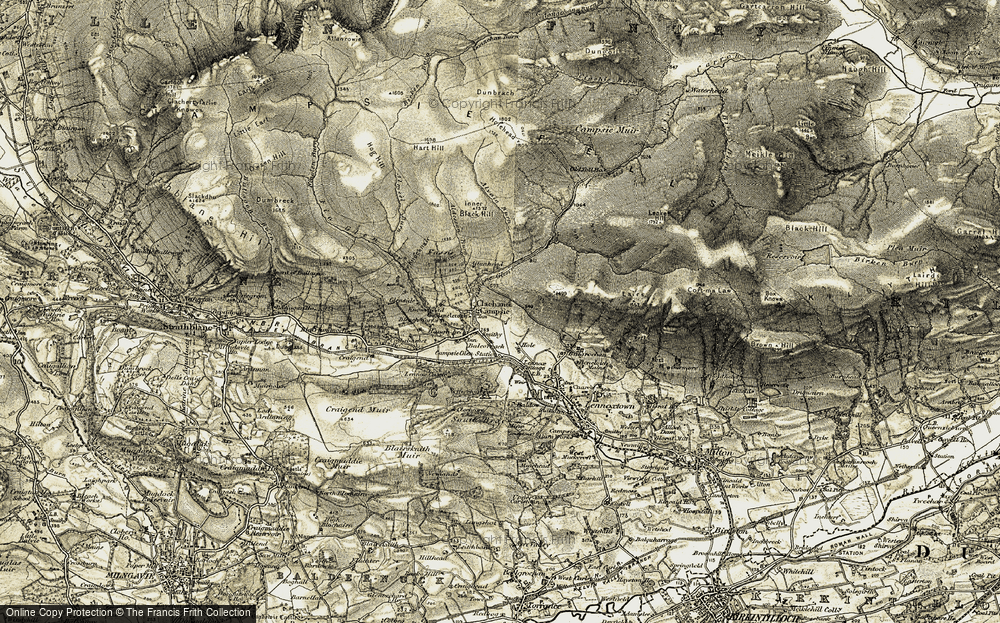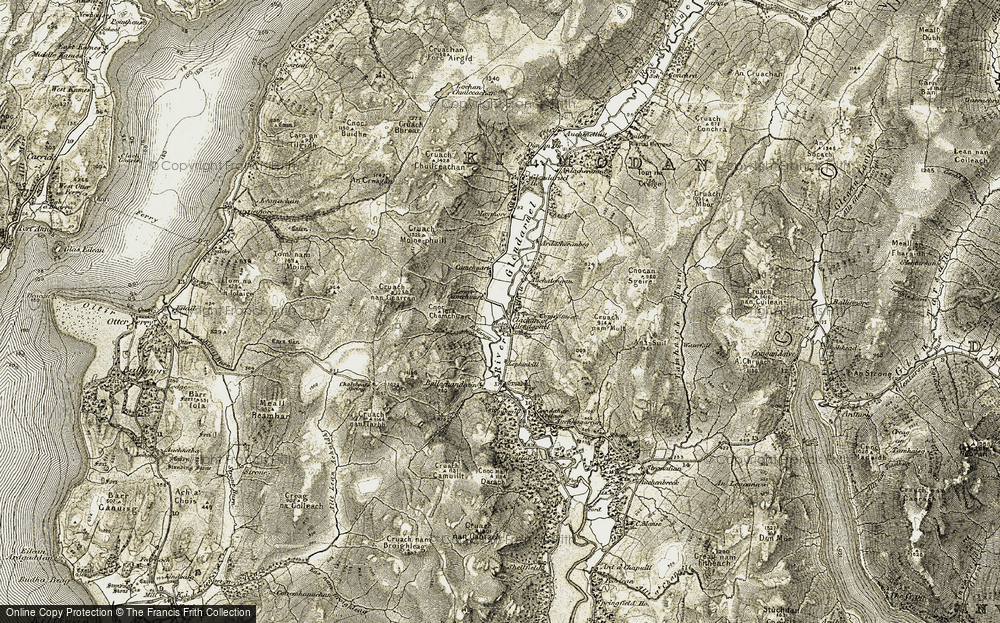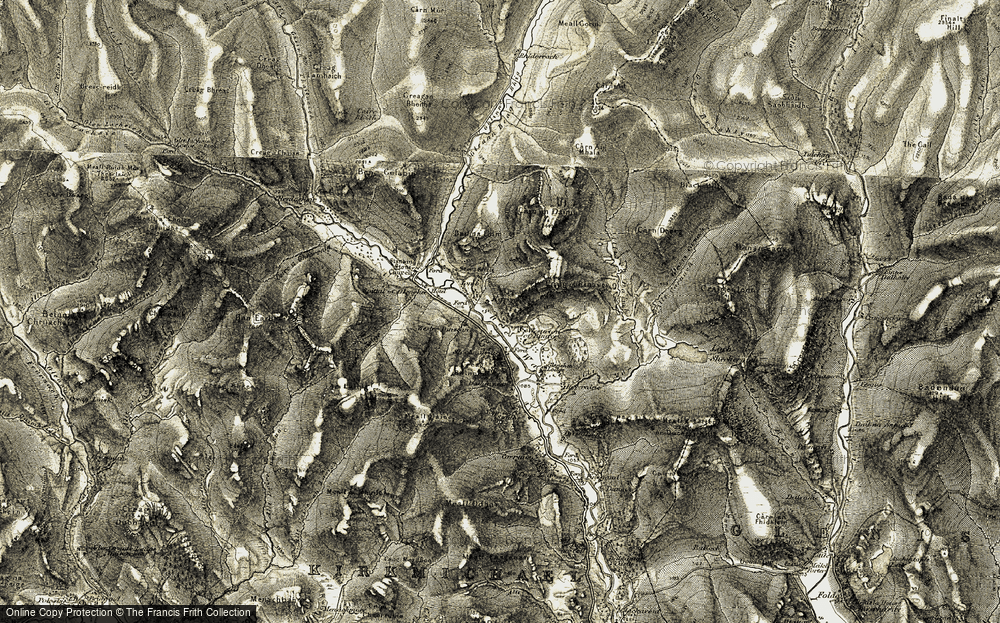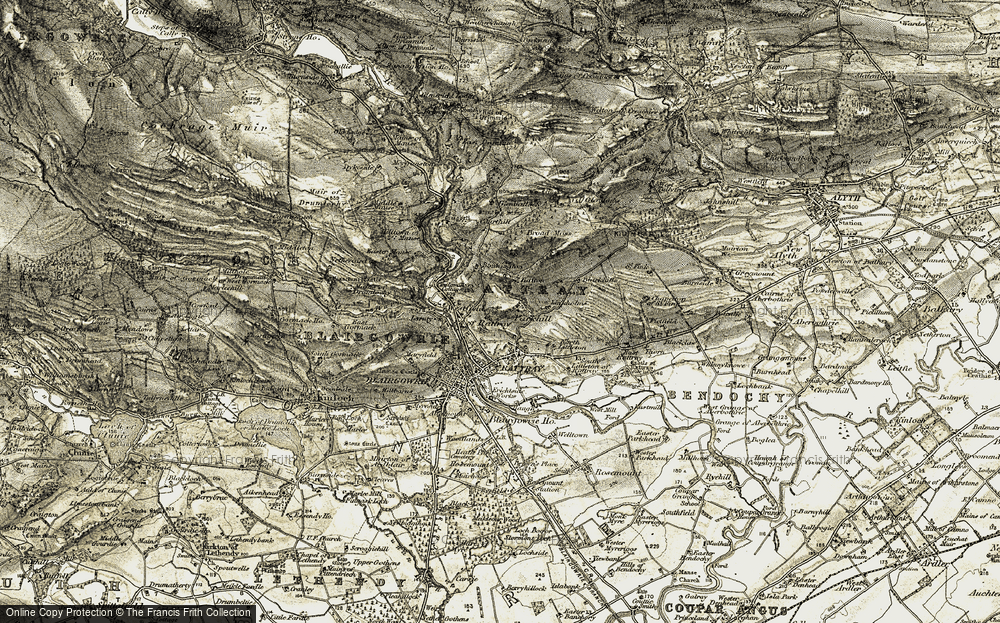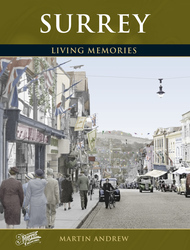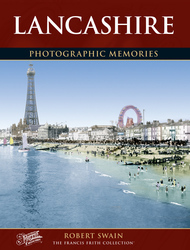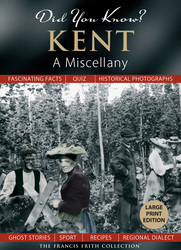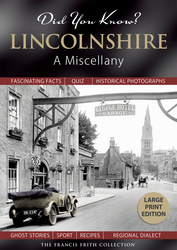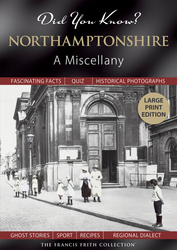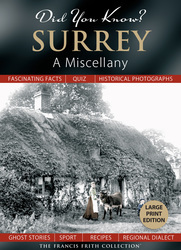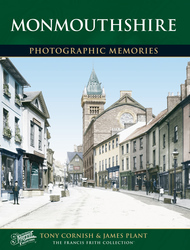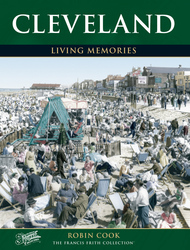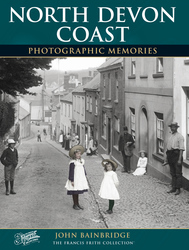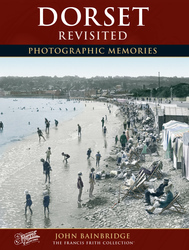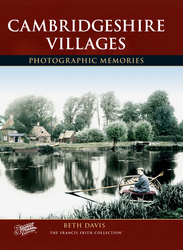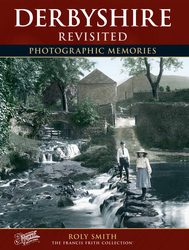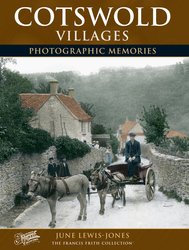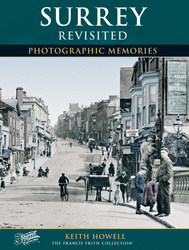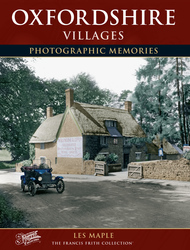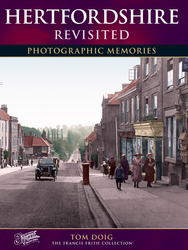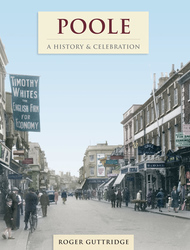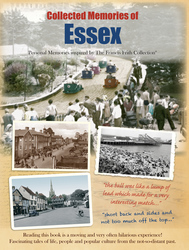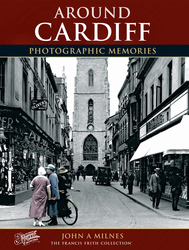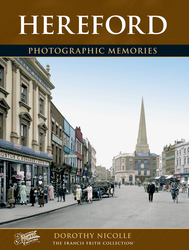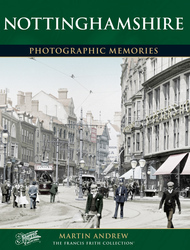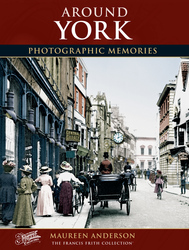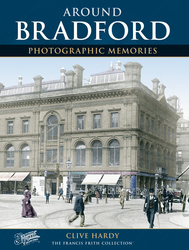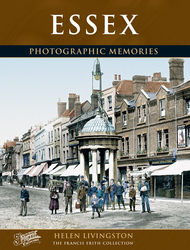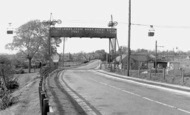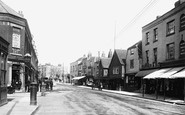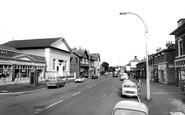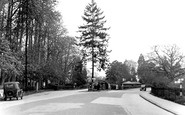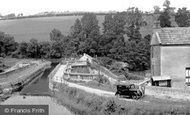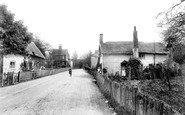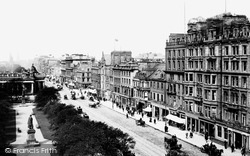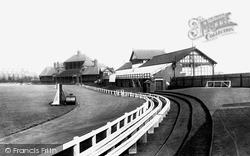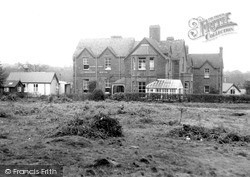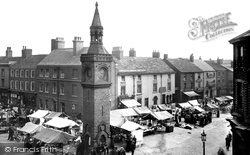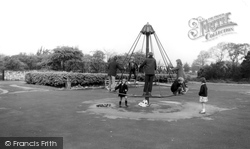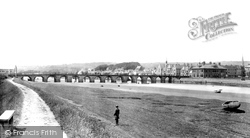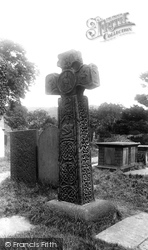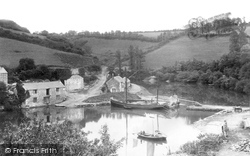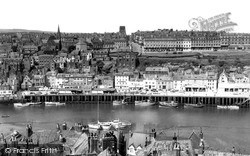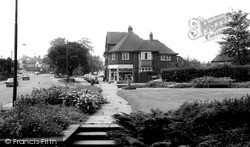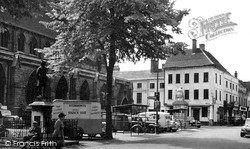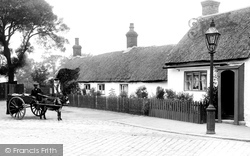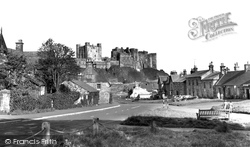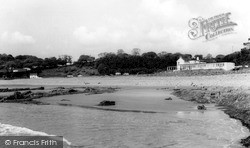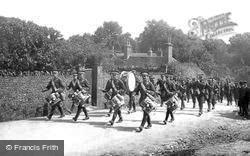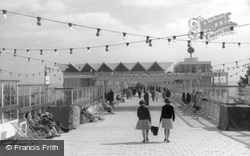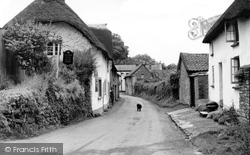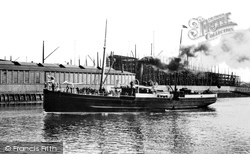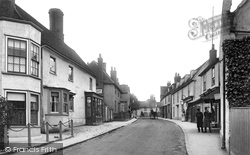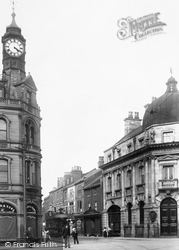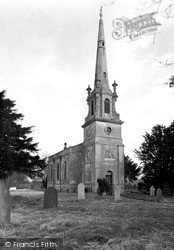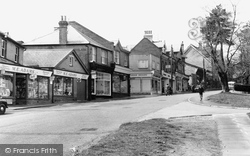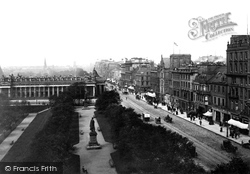Places
Sorry, no places were found that related to your search.
Photos
Sorry, no photos were found that related to your search.
Maps
7,034 maps found.
Memories
22,911 memories found. Showing results 31 to 40.
Childhood Memory
The old photographs helped me remember some lovely memories of when I was a very young child, when it was a daily routine walking past the old brick works to go to Eye school, I believe that just past the brick works (obviously ...Read more
A memory of Eye
Bootmakers Shop
My great-grandfather was the bootmaker who worked from the shop in Moulsham Street in the late 1890s. His name was Leonard Orrin and he married Annie Caple in 1901. I believe the shop was owned by his father and mother, Thomas ...Read more
A memory of Chelmsford by
Little Sutton Shops
The church was the Presbyterian and the fruit and veg shop also sold fish (Tommy Jones, fish). There was a furniture shop (Flackets) On the corner of Ledsham was Miss (although a Mrs.) Locket’s. Over Ledsham past the ...Read more
A memory of Little Sutton in 1967
Childhood
I lived in Danemore Lane just a few yards from Anglefield Corner from 1939 until I was married in 1961. I remember having to wait for ages to cross the road at weekends because there was so much traffic. As my father was a special constable he would be on duty to direct the traffic at weekends.
A memory of Blindley Heath in 1947 by
Canter Across The Canal
It must have been around the late 1960s, early 1970s when my sister and I used to ride our ponies down to Avoncliff. We lived a short distance away in Upper Westwood and our mother liked us to ride along the tow path as it ...Read more
A memory of Avoncliff in 1970 by
So Many Happy Hours
I spent so many happy summer holidays in Great Barton, and in particular Conyers Green where my Aunt Norah Lovelace lived in a cottage next to the old chapel building. I cycled often to the village store/post office, and ...Read more
A memory of Conyer's Green by
Tithby Or Tythby
I used to live in the village of TYTHBY, spelled with a Y and not an I. I did not even know that there was another village close by with a similar name. But I have checked on the computer and there it is, not too far away in the ...Read more
A memory of Tithby in 1944 by
Wartime Evacuation In 1944
I was placed in an orphanage on 13th October 1943 together with my elder brother Brian. My father had died on the infamous Siam (Thailand) Railway as a forced labour navvy. He was a regular soldier and had already ...Read more
A memory of Tairgwaith in 1944 by
Holiday In Carbost June 2008
My friend and I spent a very enjoyable holiday in Carbost this year - pity there are no old photos of the place. We stayed in the Old Inn, and later on in the Langal guesthouse, as the Old Inn was ...Read more
A memory of Carbost in 2008 by
The Creasey Family At Worth, West Sussex
My great-grandmother's family were farmers in Worth, and nearby Copthorne and Charlwood in the mid-nineteenth century. Great-grandma was Eliza Creasey and she married great-grandad George Allen in the chapel ...Read more
A memory of Worth in 1860 by
Your search returned a large number of results. Please try to refine your search further.
Captions
9,654 captions found. Showing results 73 to 96.
At the turn of the 20th century Princes Street boasted a number of hotels. The most expensive to stay at was the North British at Waverley Station.
Originally a part of the Cardigan Fields estate, Headingley was put on the market in 1888 and purchased by the Leeds cricket and football clubs in January 1889.
During the Great War, Cannock Chase was used as a training area for troops, and two military camps were established at Coppice Hill, near here, and at Brindley Heath, both connected by a railway.
As well as being a market town, Ormskirk has a long association with the Earls of Derby who lived at Knowsley Hall.
We're not sure what our photographer was doing in Bentley: the children playing on the copper's helmet are all well and good, but the photograph was unlikely to make Frith's fortune.
A superb study of the Long Bridge, taken at low tide. The iron supports of the railway bridge, just 25 years old at this time, are visible beyond.
The vigorously carved Saxon cross which stands in Eyam's churchyard is thought to date from around the 9th century, and is similar is style to the crosses at Bakewell.
The quay at the head of Pont Pill, a branch of the Fowey river off Fowey harbour, could be reached at high tide; it was an important trading place with warehouses and limekilns.
Kirby's Hotel was at the other end of the Royal Hotel, beyond that we can just see South Terrace.
Though Dr Boddington was most famous for his work with TB patients, he also cared for mentally ill patients at Driffold House Asylum at the corner of Wyndley Lane and The Driffold.
At the other end of the Market Square is the bronze statue of James Boswell, drinking companion and biographer of Samuel Johnson.
In an area that once relied on agriculture and fishing, thatched cottages were once a common sight.
The Norman keep with its four corner turrets, similar to that at Rochester, was built between 1164 and 1170.
This settlement probably got its name from Andrew Wysmon, a tenant knight at the time of Edward II's reign.
This haunting and unusual picture shows a marching band at Frensham during the First World War.
The lights have been hung ready for the summer illuminations.The pier was always a spectacular sight at this time of year.
Thatch is still a major roofing material in Fremington, and it is often possible to see the thatcher at his work. At the end, the building at right angles is The New Inn.
This was the Royal Mail Steamer plying to the Isle of Man; it had just left the quay at Belfast at 4pm.
The road to Harlow was a turnpike costing 1s for a coach and horses, and 1d for a horse.
This is the junction of St Sepulchre Gate and the High Street. It was down Baxtergate that Freeman, Hardy and Willis had their branch.
St Peters was designed by architect George Richardson in 1789 (for Robert Sherrard, 4th Earl of Harborough) in the Classical manner that Pevsner describes as 'an attempt at combining the tradition of
This street has become estate agents' row - at Nos 4, 14, 18a and 24 Chalet Hill that is just what you will find.
This haunting and unusual picture shows a marching band at Frensham during the First World War.
It was possible to keep healthy on Princes Street. The Edinburgh Cafe at number 70 did not serve alcohol, and there was a Turkish baths at number 90.
Places (0)
Photos (0)
Memories (22911)
Books (163)
Maps (7034)


